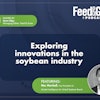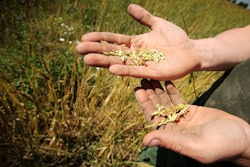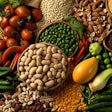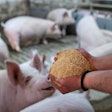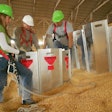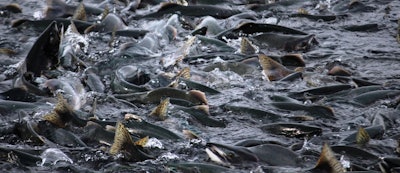
I was recently sent a statement by the group Moms Across America, calling on mothers to boycott FDA-approved genetically modified salmon. The harshly toned note read, “Moms don’t want to feed their children fish genetically engineered to grow four times fatter, four times faster and to be sterile.”
It went on to say, “The approval of GMO salmon shows us that the federal government is not protecting us.”
As a mother myself, I certainly will not be joining their efforts. Not all of us are fearful of feeding our children food that was created thanks to technological advances in genetic engineering. Nutritionally, GM salmon — the first genetically engineered animal intended for food approved by FDA — is identical to salmon that’s grown using traditional techniques, and it is not “toxic” as the group purports. Corporations take up to 10 years testing their genetically modified organisms before presenting them to FDA for even more scientific scrutiny.
Genetic engineering of corn and other grains has already provided many benefits to consumers, and it may be the answer to stopping the spread of a communicable pig disease called porcine reproductive and respiratory syndrome (PRRS) virus.
The untreatable disease affects reproduction, inhibits weight gain and causes a high mortality rate, costing North American hog farmers more than $660 million a year. Once an animal catches PRRS, it relies on a protein normally produced in pigs to release its devastating effects. However, researchers from the University of Missouri, Kansas State University and Genus plc have combined efforts to breed a litter of pigs that do not produce this protein. Wider market release won’t be possible until after the development stage, when commercial partner Genus plc gains approvals from the FDA, but this could be a game changer for the pork industry.
I think this is one of the most exciting times to be a part of the meat and animal agriculture industry, and it’s fitting to reflect on this as we prepare for the International Production and Processing Expo in Atlanta. The International Feed Expo is co-located with the International Poultry Expo and the International Meat Expo.
The combination of these three events gives us in the feed industry a chance to learn more about the ever-changing livestock production and meat processing sectors.
Meat and the way it’s produced will continue to change as science advances. I, for one, am thankful for these achievements and appreciate being able to provide my family with a variety of safe protein options.




